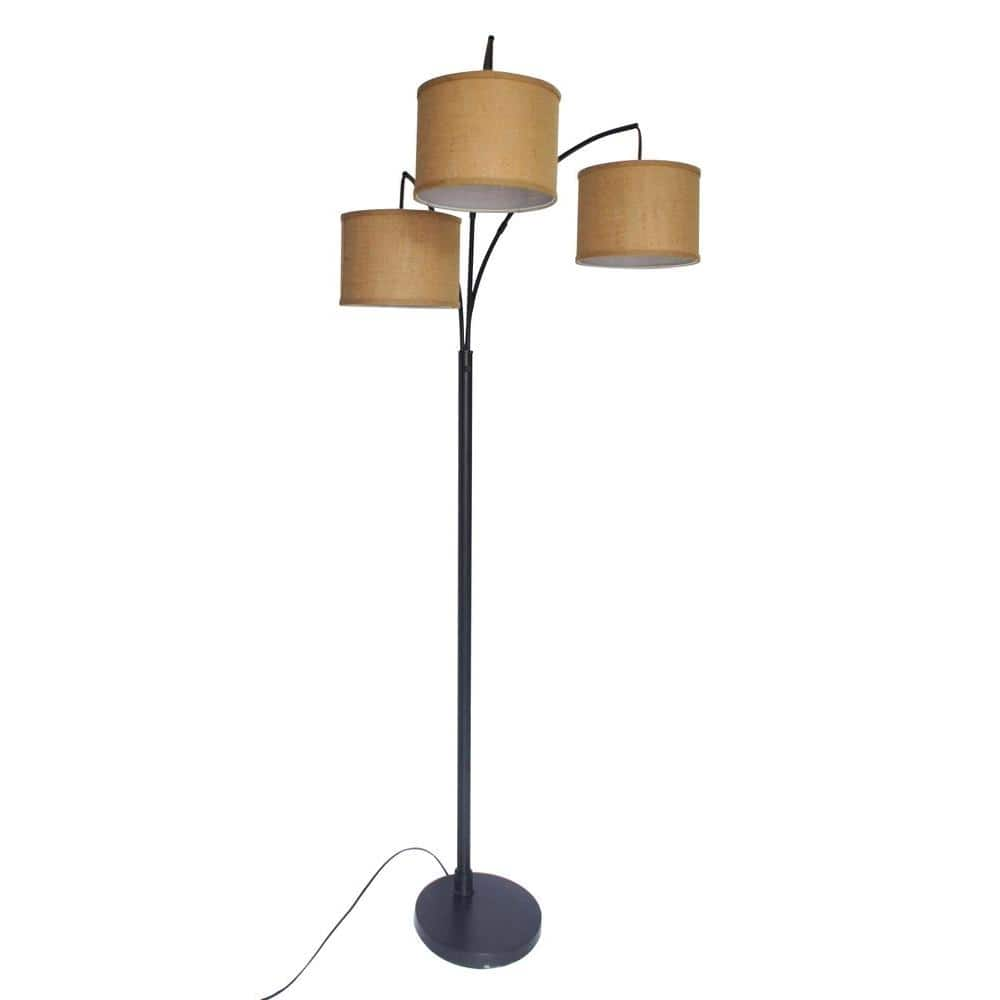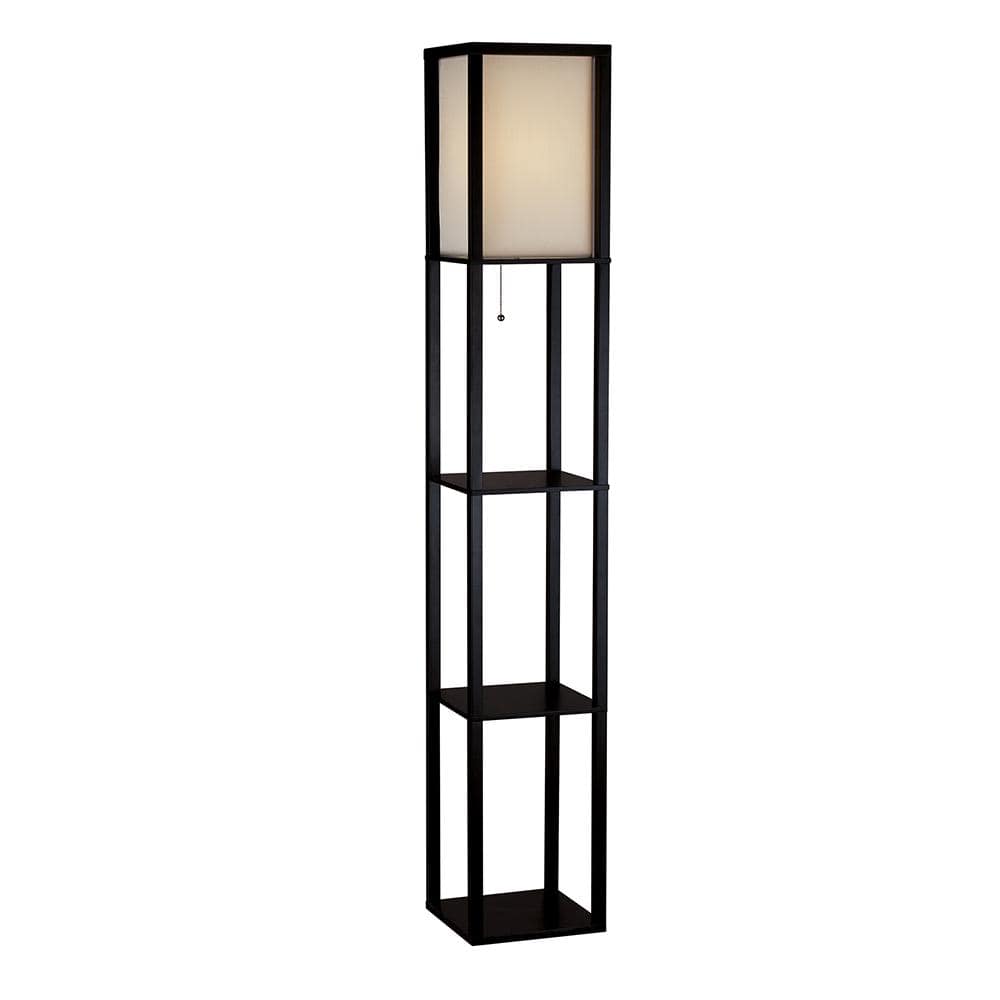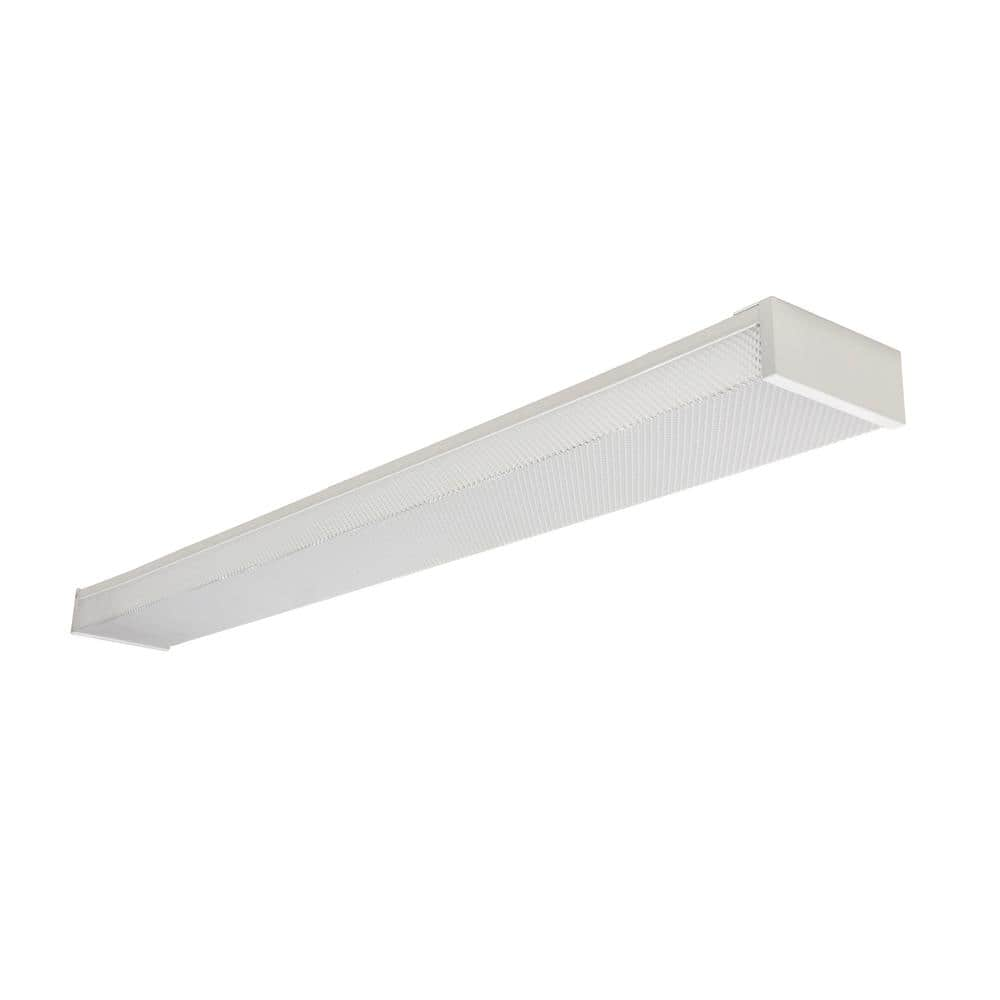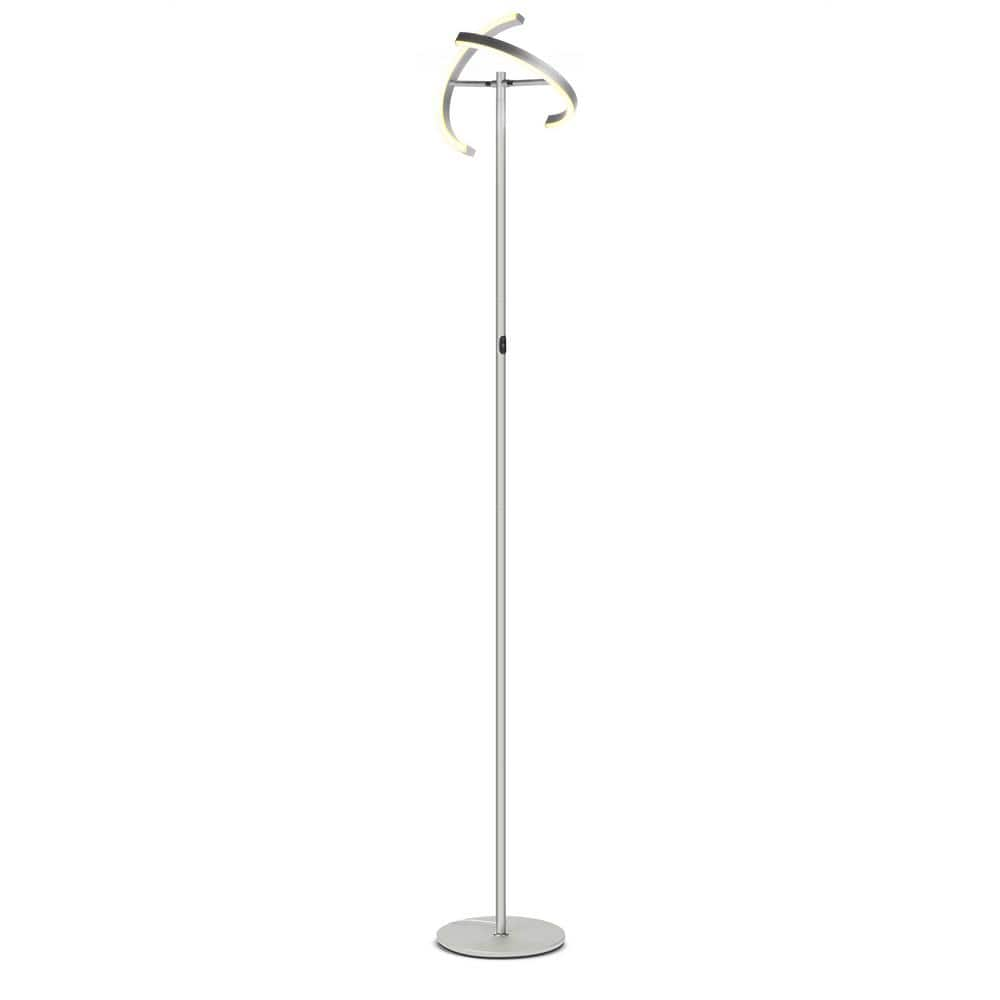KICHLER Winslow 3-Light Black Contemporary Dining Room Mini Chandelier with Clear Seeded Glass Shade
Takes three A19 bulbs up to 75W equivalent, not included. Contemporary chandelier features a classic look with seeded glass. Perfect for kitchens, dining rooms and other living spaces.
Enhance the visual appeal of your decor with the KICHLER Winslow 15.25 in. 3-Light Black Mini Chandelier. It features an elegant design with a Black finish that is sure to accentuate any contemporary-style decor. The clear glass diffusers of this chandelier provide bright illumination to add a radiant glow to your space. This chandelier can be installed with the glass facing up or down to create beautiful ambient lighting.
- Steel construction ensures strength and durability
- Designed to be installed as an uplight or a downlight
- Uses three 75-Watt incandescent medium-base A19 bulbs (not included)
- Can be used with 36 in. standard-gauge chain (sold separately)
- Black finish complements any room decor
- ETL rated for safe use in dry locations
- Comes with a 36 in. L chain/stem that enables the chandelier to be hung from the ceiling
- Clear seeded glass diffusers offer bright, ambient lighting
Additional information
| Chain Length (in.) | 36 |
|---|---|
| Fixture Depth (in.) | 18 |
| Fixture Height (in.) | 15.25 |
| Fixture Weight (lb.) | 5.9 |
| Fixture Width (in.) | 18 |
| Maximum Hanging Length (in.) | 53 |
| Mounting Deck Height (in.) | 1 |
| Mounting Deck Width (in.) | 4.75 |
| Certifications and Listings | cETLus |
| Manufacturer Warranty | 1 Year |






by Edward
Exactly what we wanted…..very bright with 60 watt Edison Dimmable LED Bulbs.
by Dawn
I like my chandelier very much, the light is beautiful.
by Amanda
I like that the lights can face up or down.
by James
Great lighting, adjustable height. Very happy with this purchase.